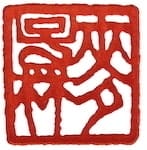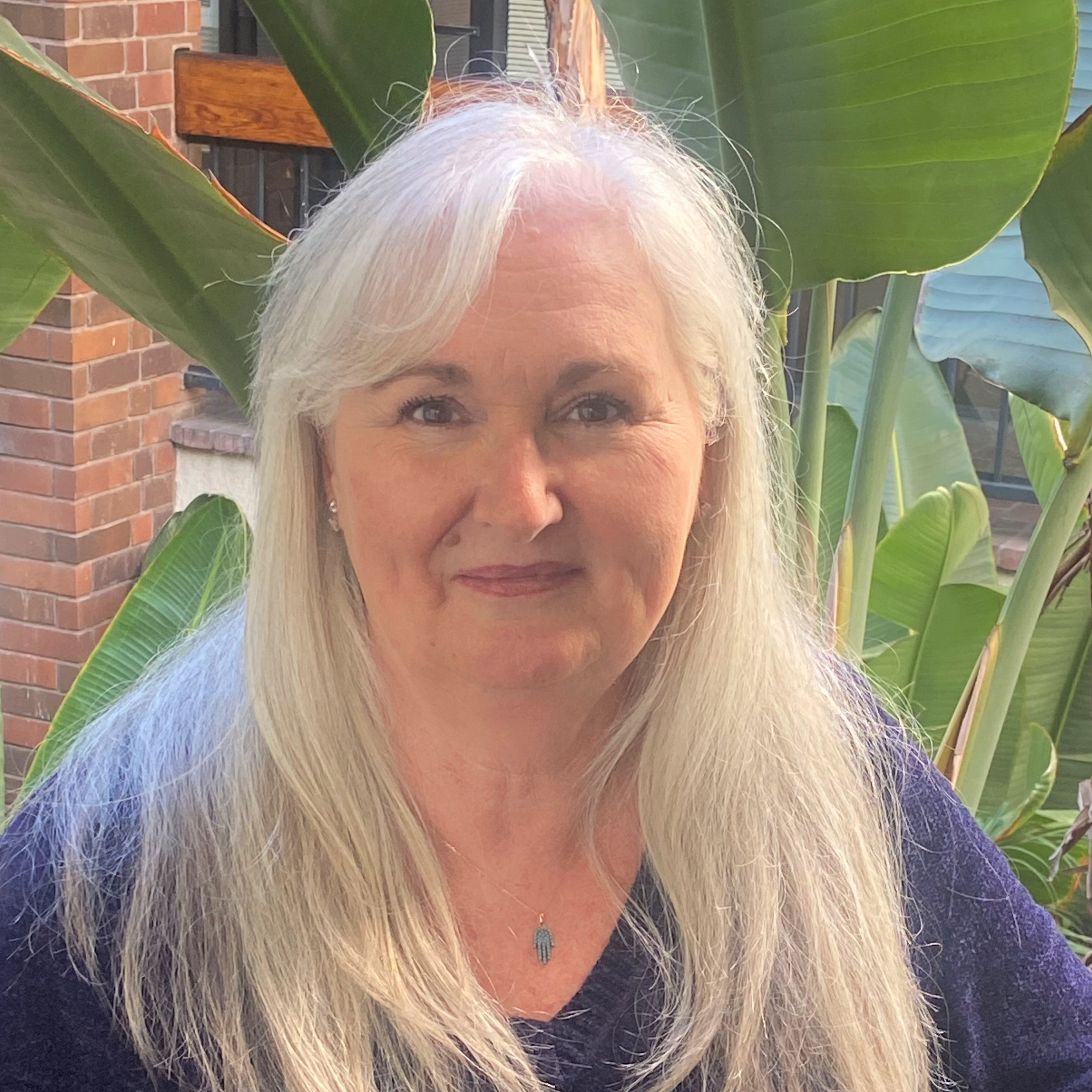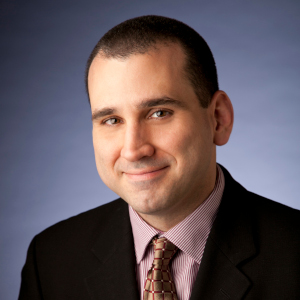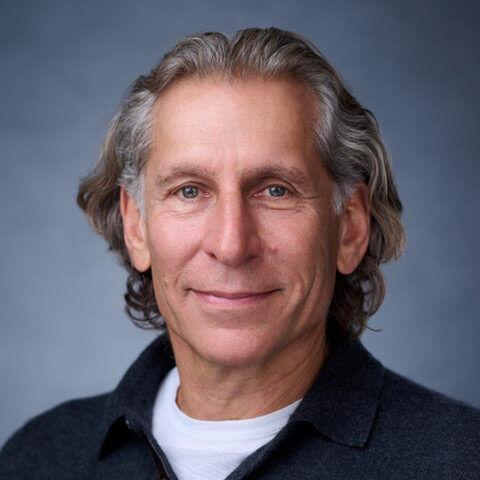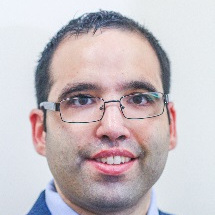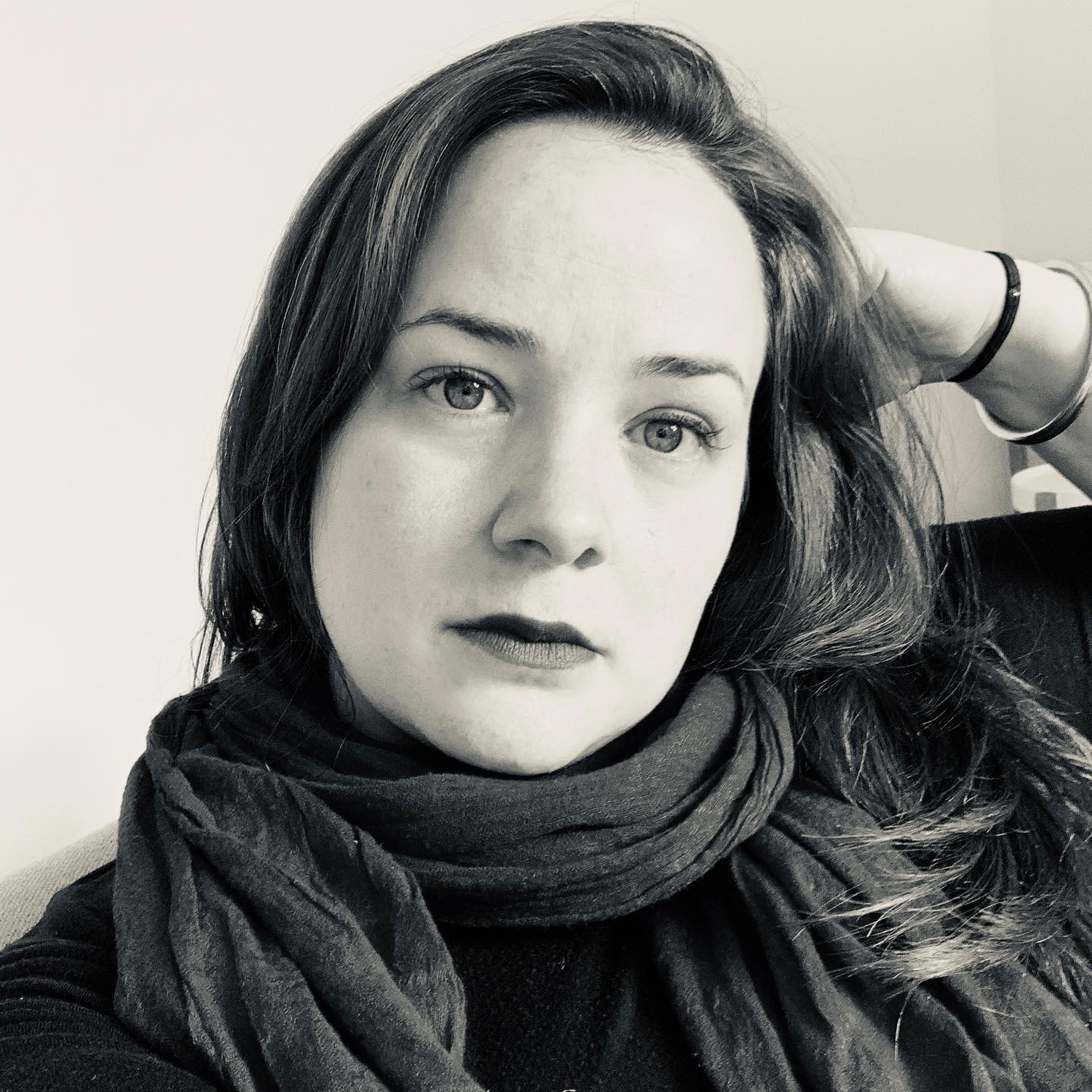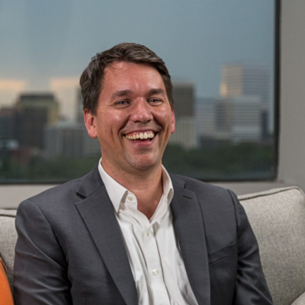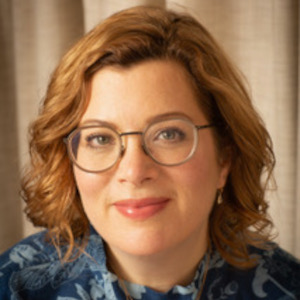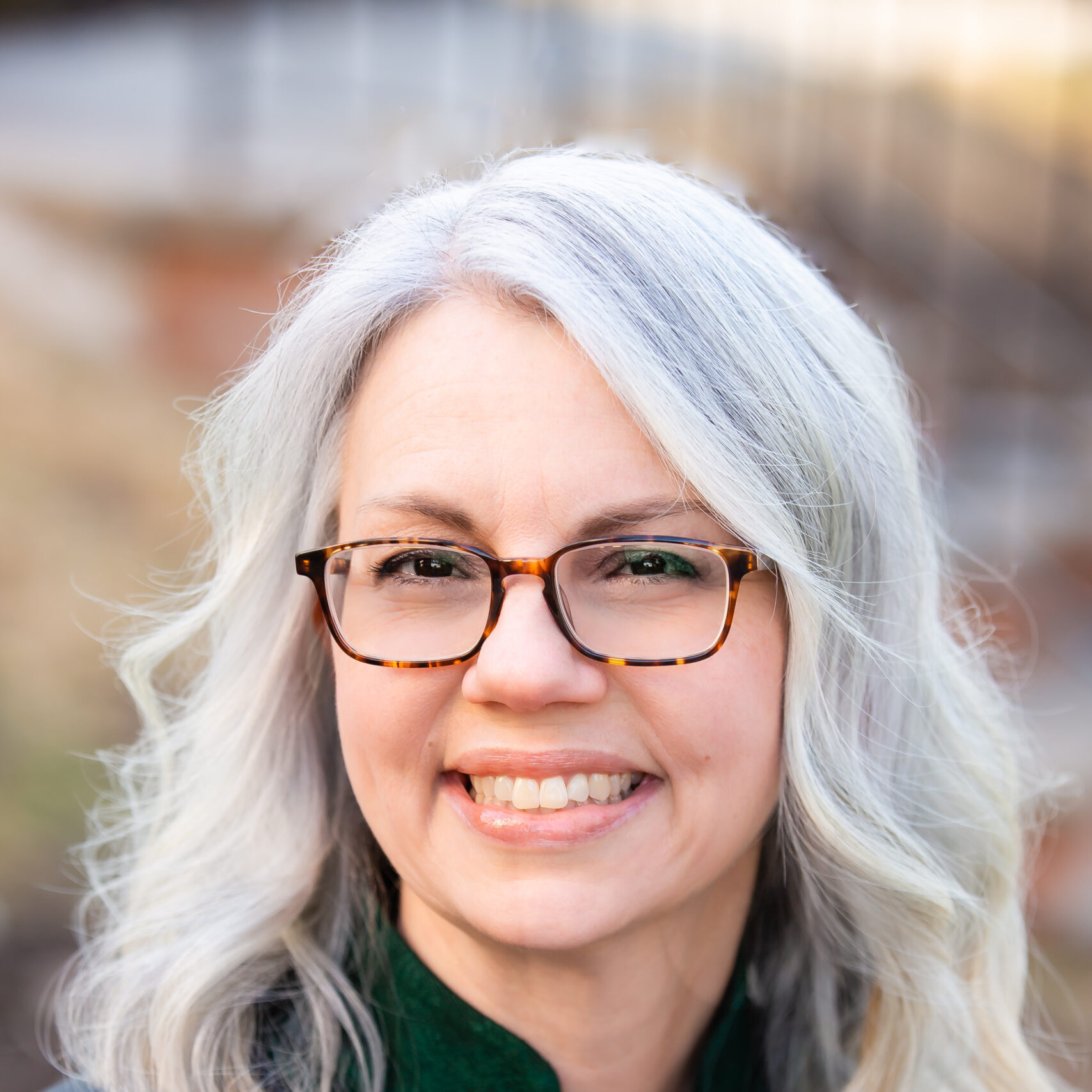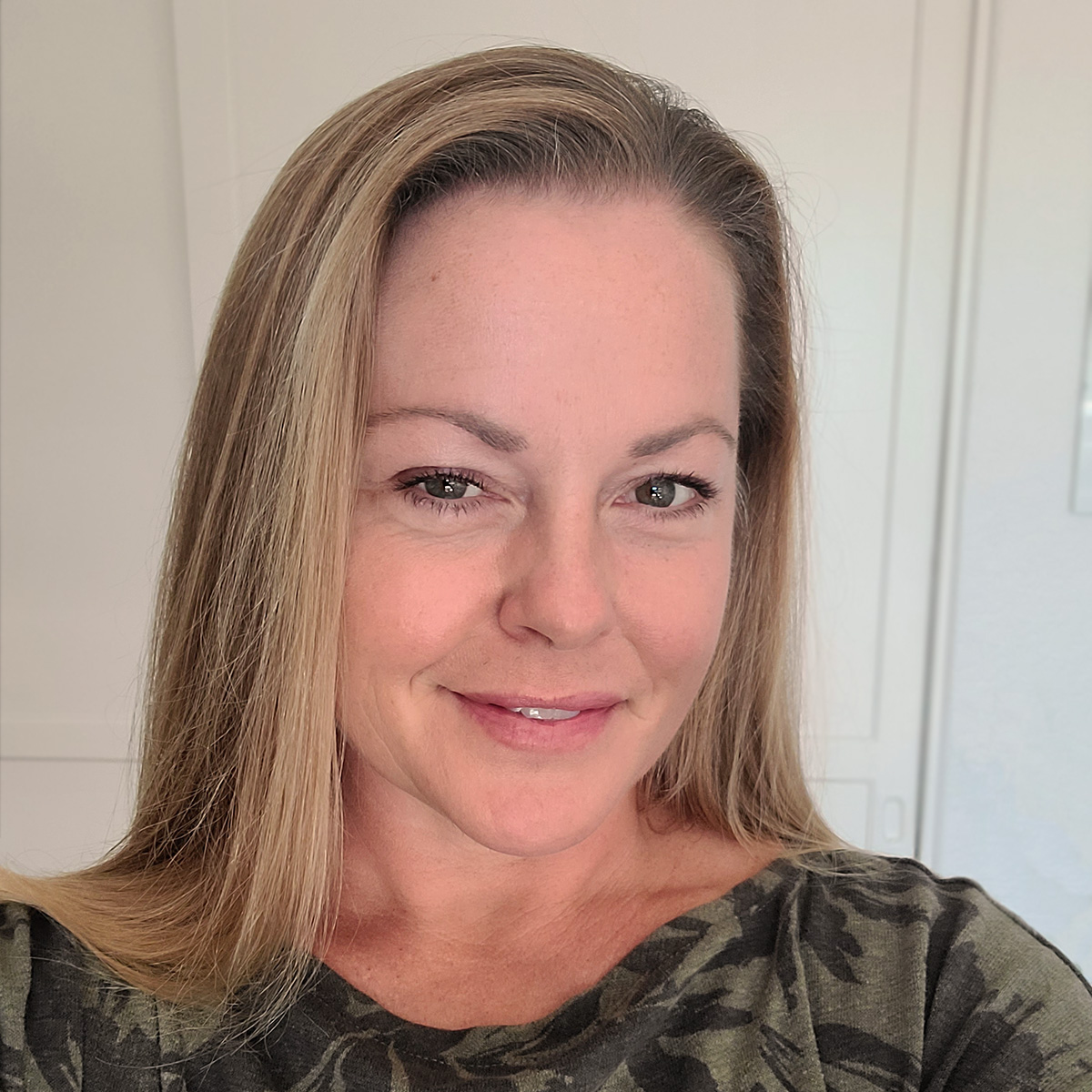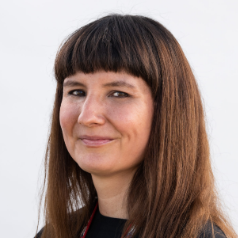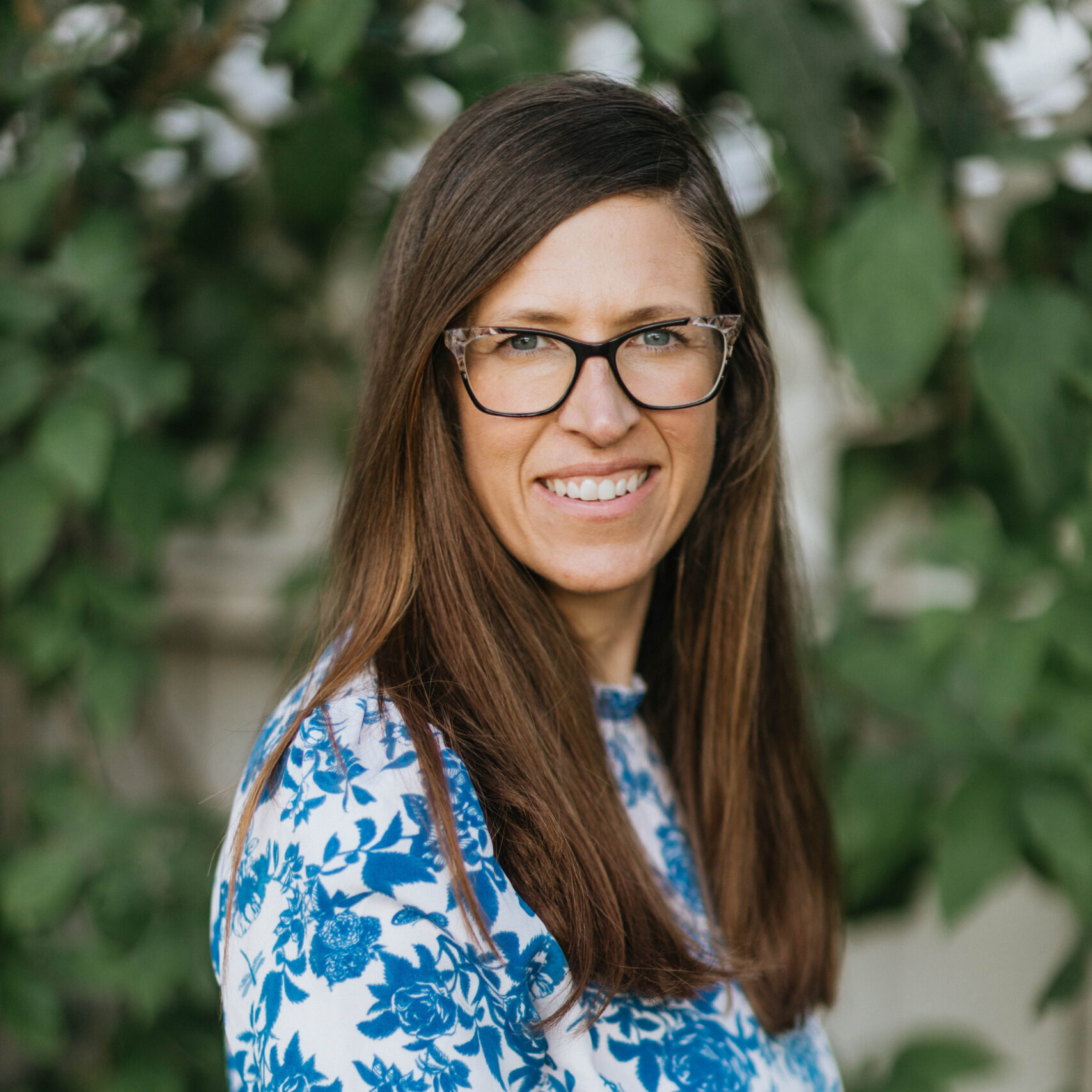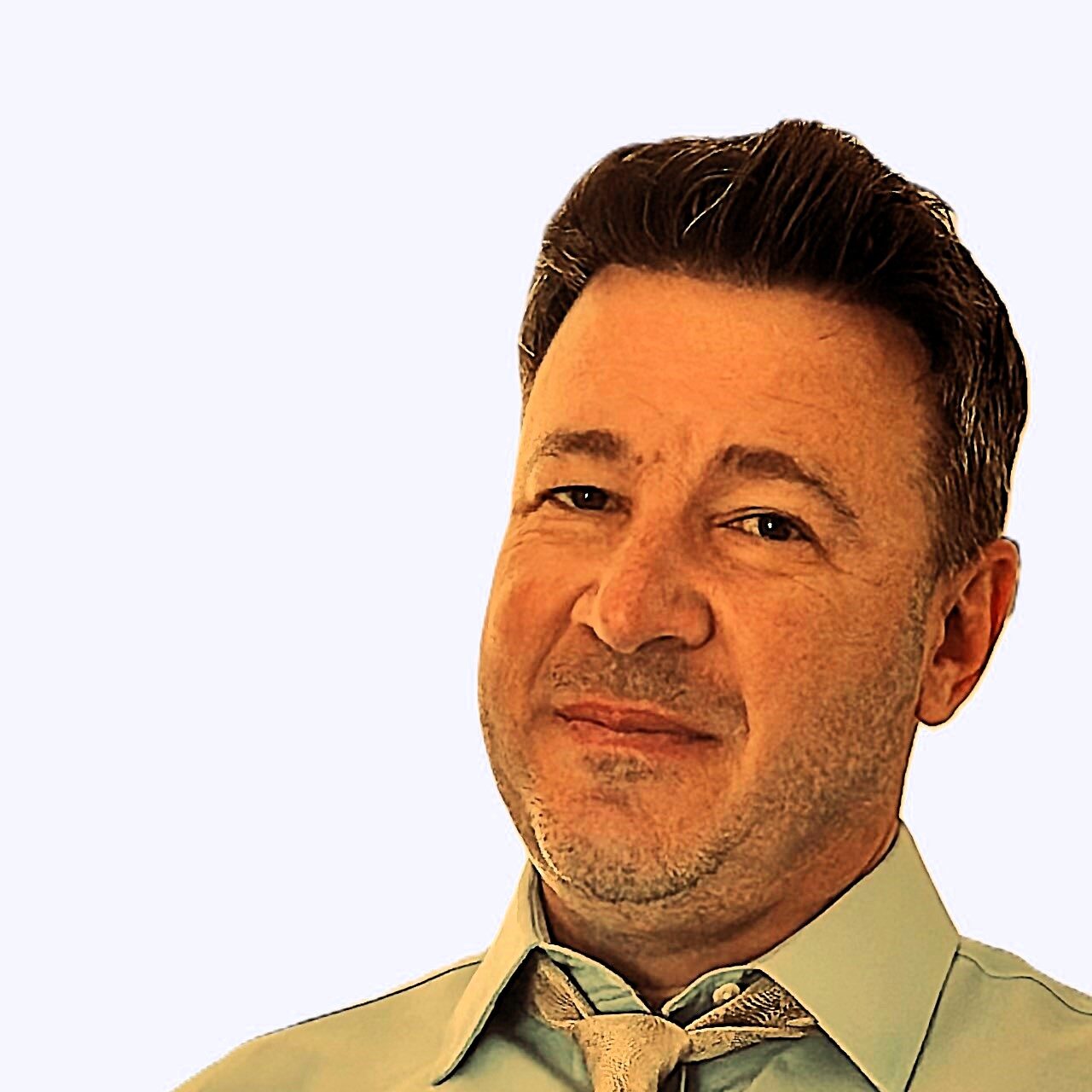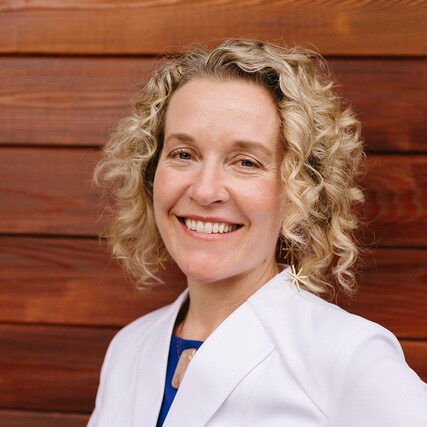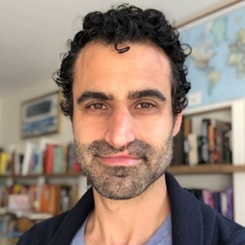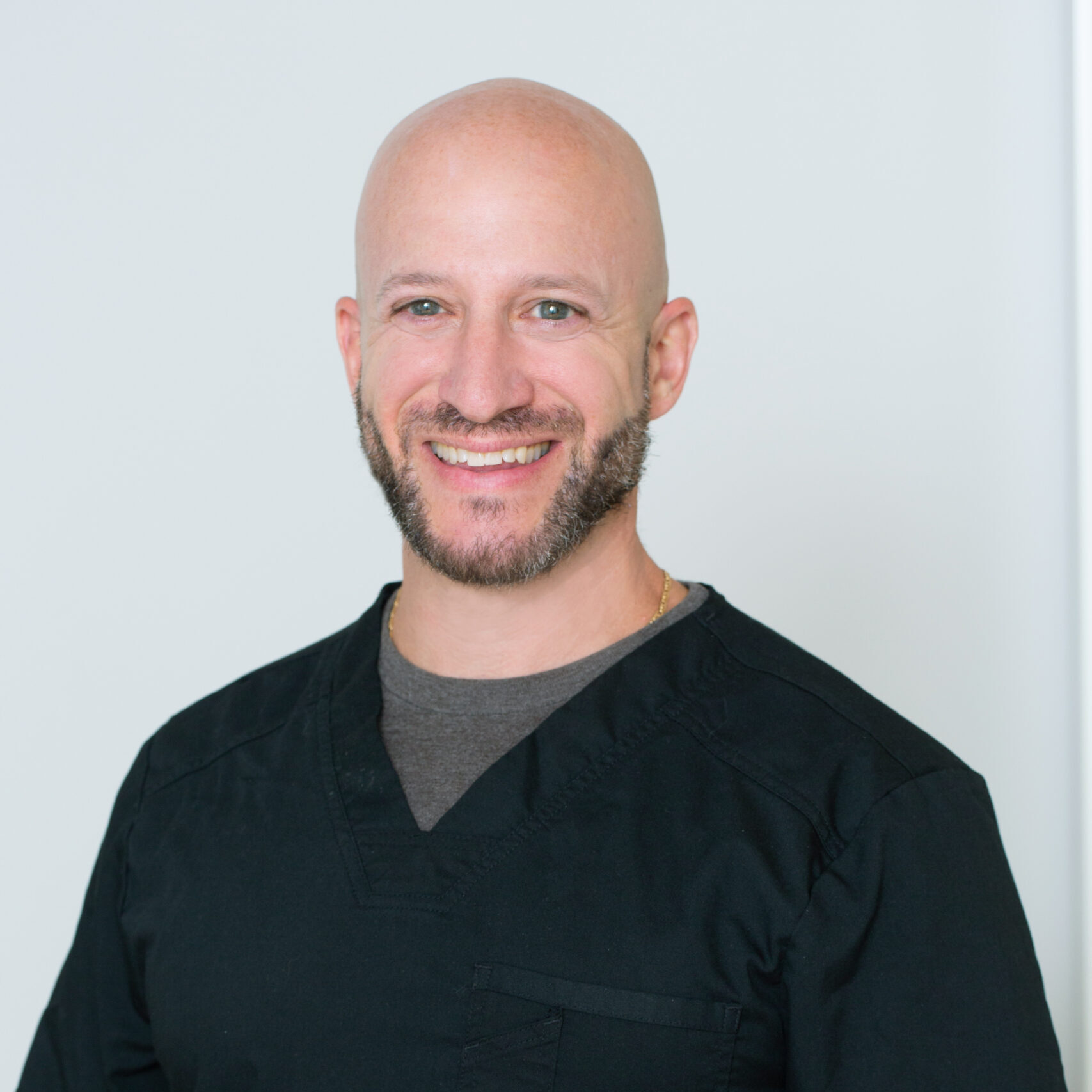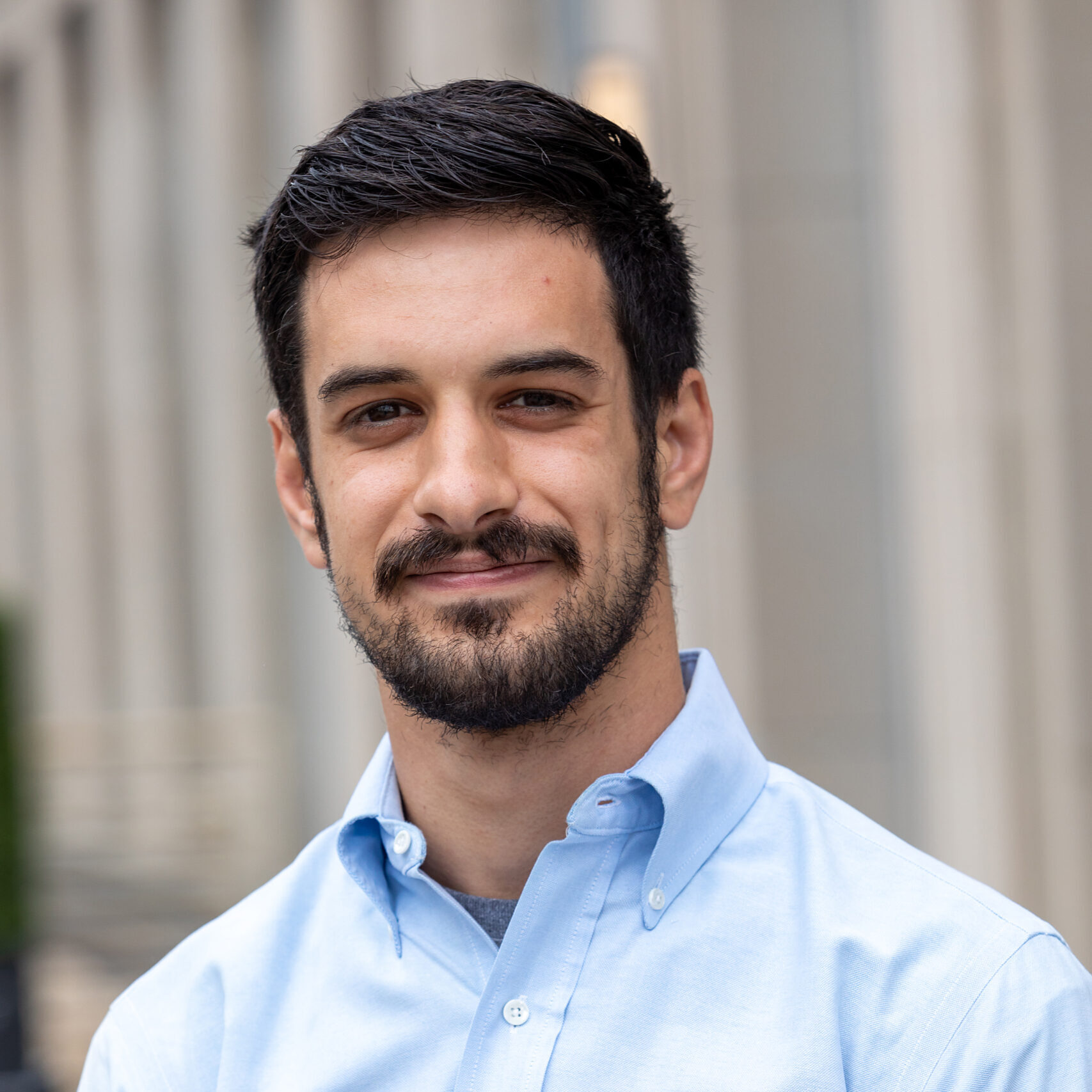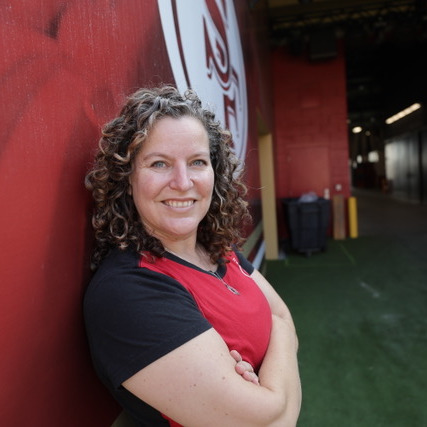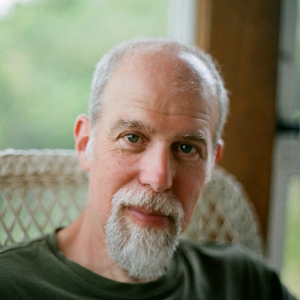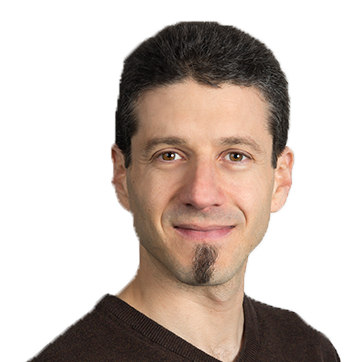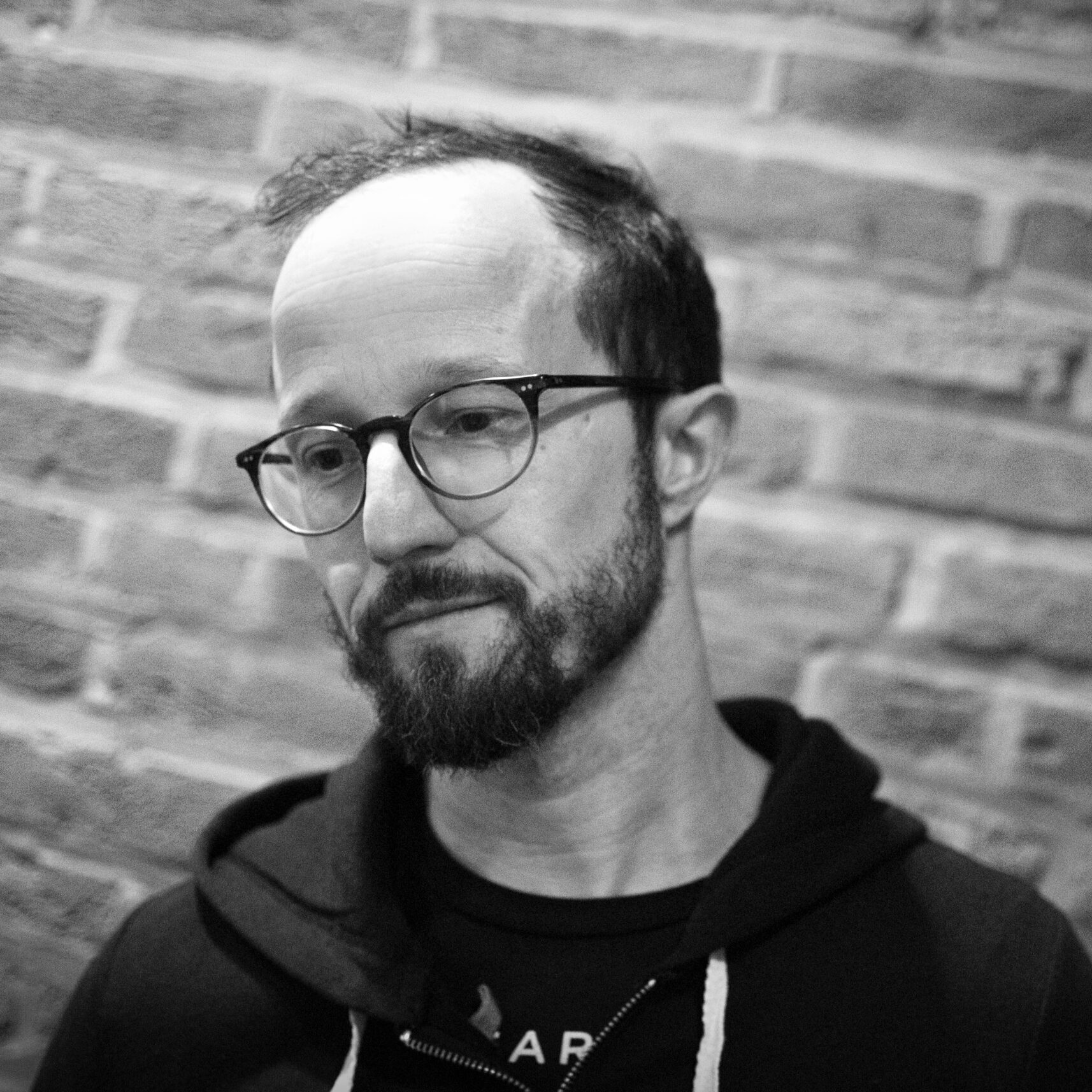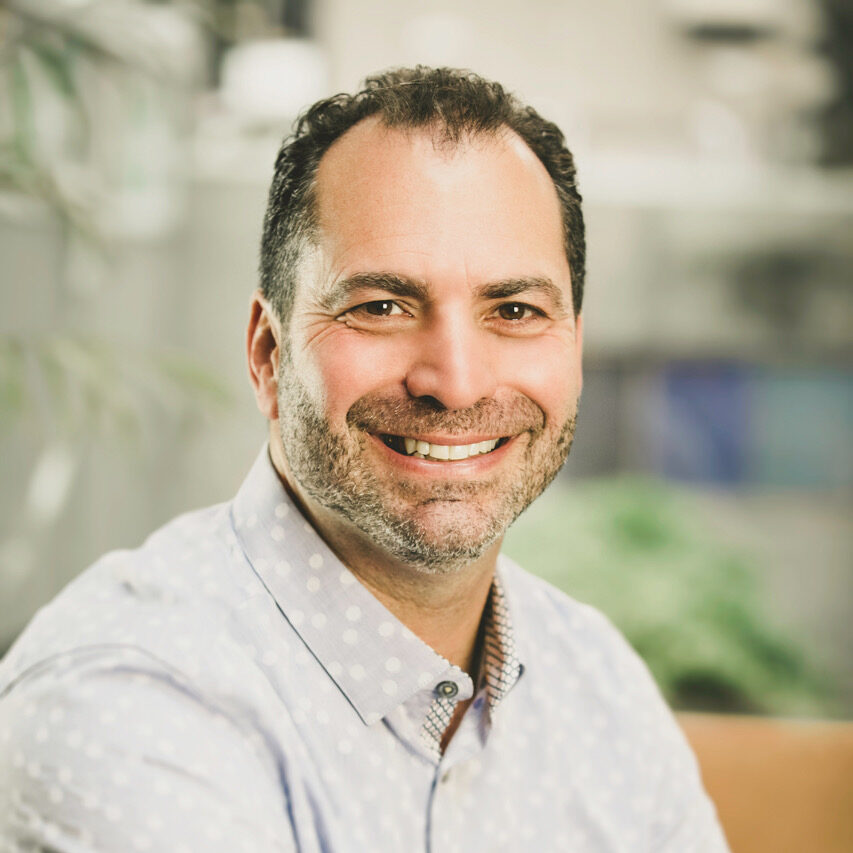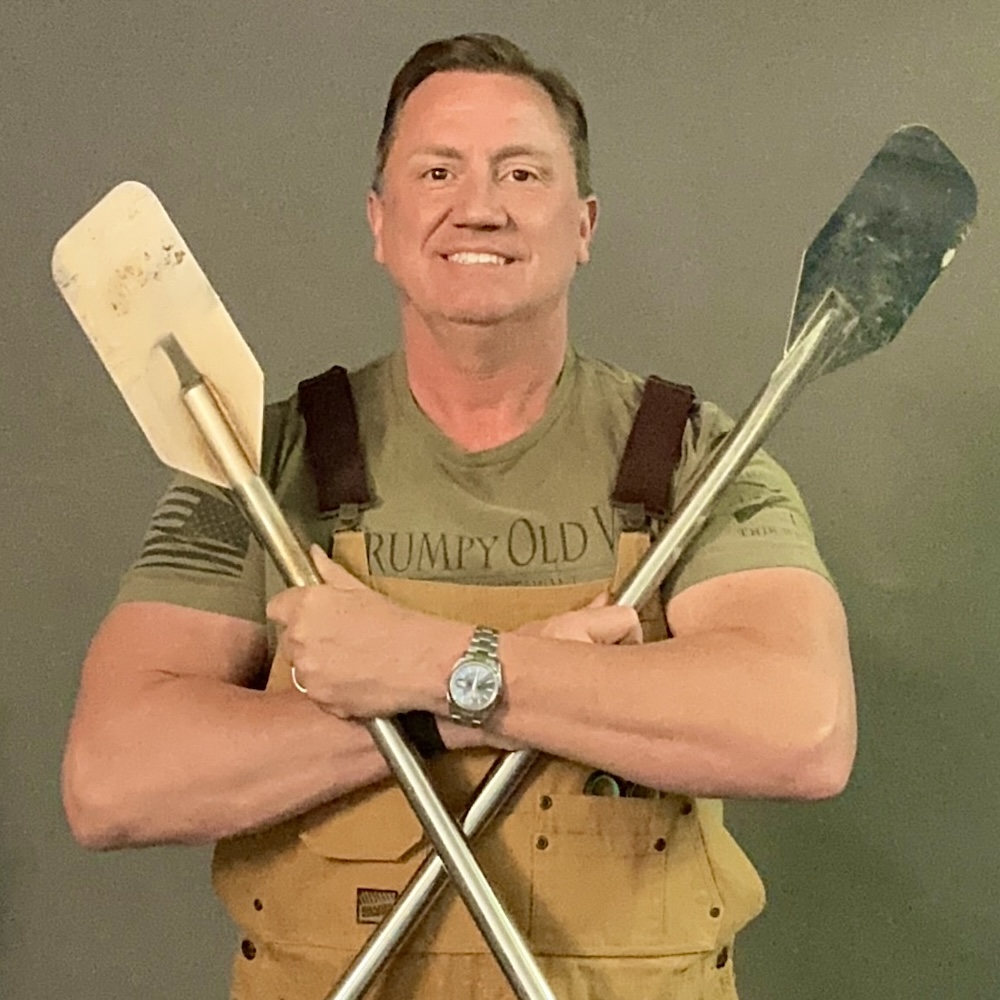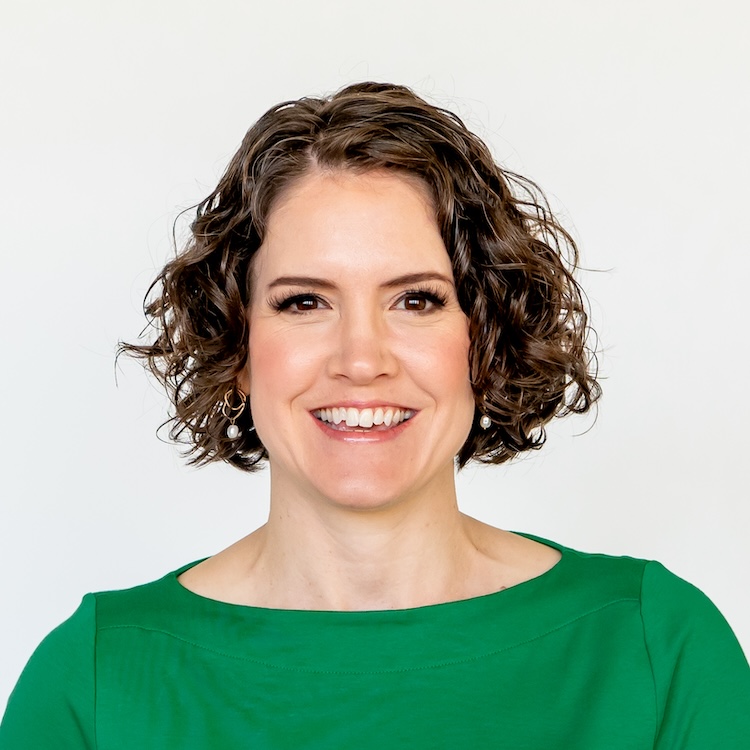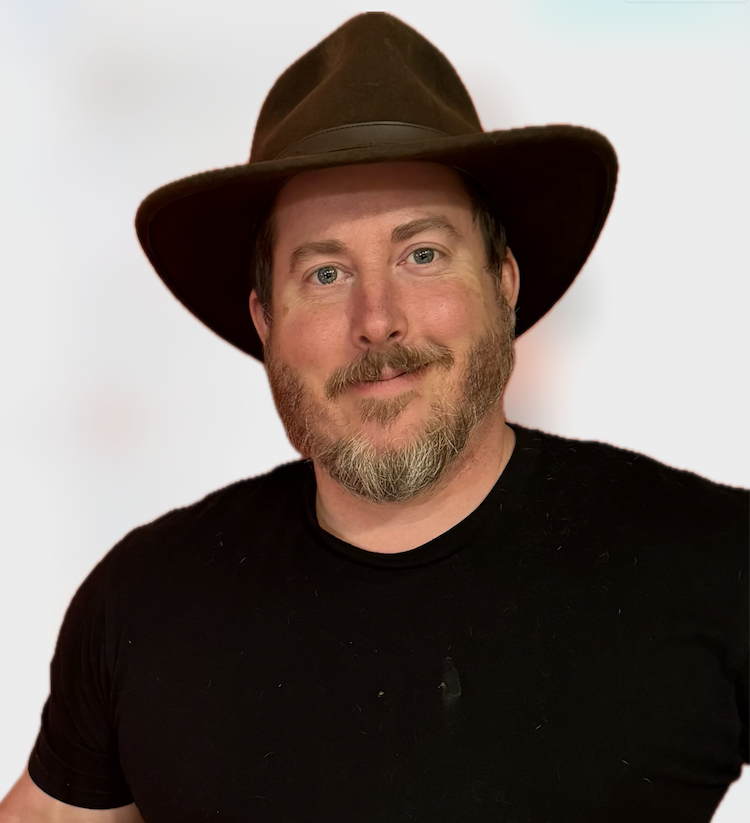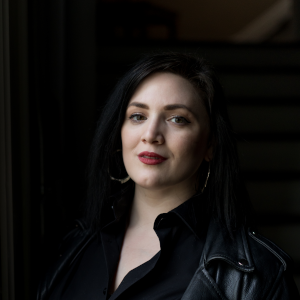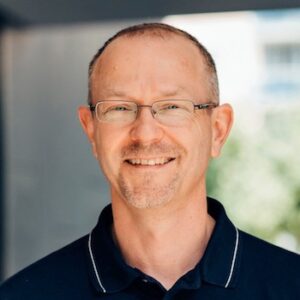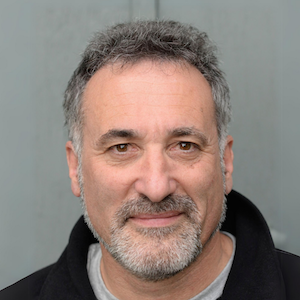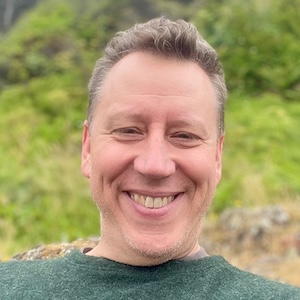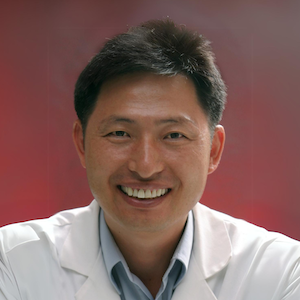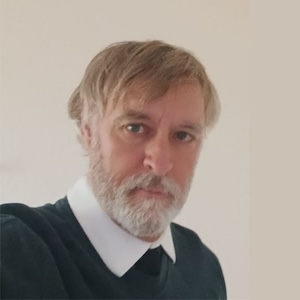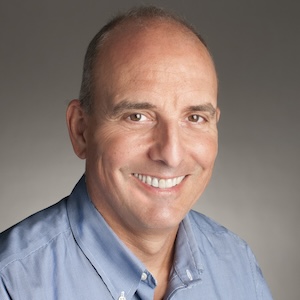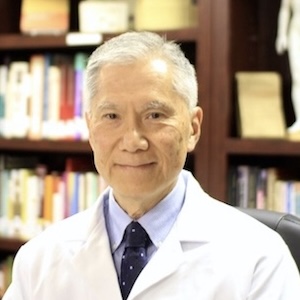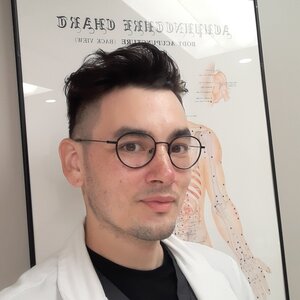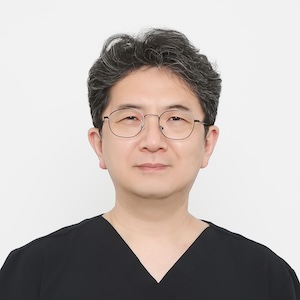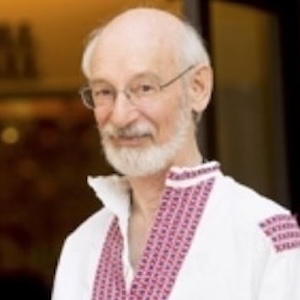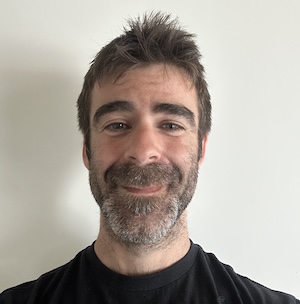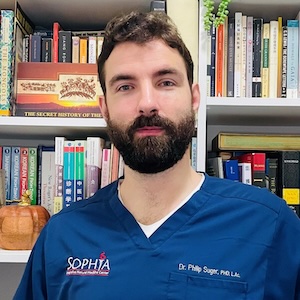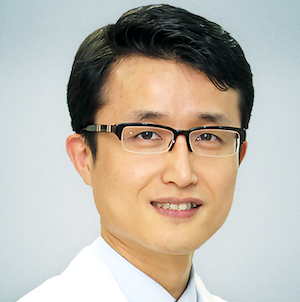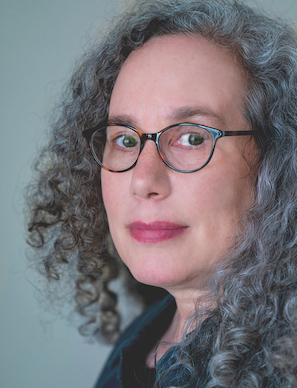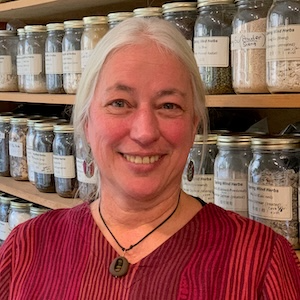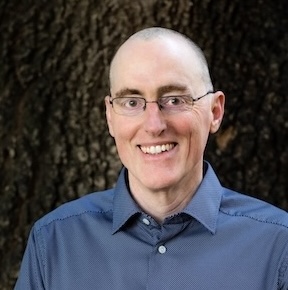Hi Andreas . . thank you for your presentation . . . it is going to take some time to take it all in . . . you gave us so much. About 29 minutes in, you gave us a hypothetical case of an overweight damp patient with neck and shoulder pain . . . and suggested through this advanced Saam perspective, delivering a treatment that combined (1) all four points of LI+), (2) TE3+, TE2- and (3) SI3+ to address the dampness, the shoulder pain and the neck pain. (and I understand, you have spent so much time in Korea with Korean present-day practitioners and also hold in mind your presentation that the evidence is that 'pure' or 'orthodox' Saam treatments in the Korean practitioner community might only constitute some 35 % of actual treatments, the remaining 65% being modified treatments , supplemented, layered with other points all in one treatment. You also let us know, that 'early' in your journey, you also focused on pure, orthodox treatment strategies and slowly evolved into this more layered, multi-strategic treatment approach. (One question, were you yourself, finding 'dissatisfaction' with the simple 4 needle approach? Was 35% effectiveness of that approach by itself showing up in your own practice? And did you find in your experience that layering and adding as you have shown here, led to greater treatment effectiveness? - I mean, I guess you did you wouldnt have done it!! But I am curious to hear how that unfolded for you . . . ) . . . . . My FIRST reaction to this hypothetical case was . . . . indeed, the patient is 'SPleen Excess' (in a Saam sense) so LI+ is the right treatment . . . and I also thought . . . the LI + treatment does NOT ONLY treat the 'quality' of the patient overall . . .but in terms of channel dynamics . . . the LI channel connects, itself . . to the neck, to the side of the neck, to the shoulder, even to GV 14 directly . . and on another level of channel dynamics . . Spleen and Sanjiao oppose each other on the 'Chinese clock' . . . so I thought there is a LOT of elegance here in JUST the LI+ treatment ALONE in terms of BOTH patient quality AND channel dynamics that potentially addresses everything. I am VERY attracted to 'treatment elegance' . . not just aesthetically, but I find it also INFORMS me a LOT in terms of the patient and their response . . . . so when you layered on TE3+, TE2- and SI3+ . . . there was a big part of my clinical mind and heart that promptly screamed out . . . 'oh no, we will never know, we will never find out!! . . . if JUST LI+ by itself through its own relationship to BOTH Quality of the case AND channel dynamics would take care of everything or to what degree . . for me so far, that is PART of the treatment journey with each patient (I am into this now for 5 years) . . it came up for me as a lost opportunity of clinical insight . . . there are many layers to this . . there is also a part of me that wonders / feels / questions if adding TE3+, TE2+, SI3+ (in this example) 'dilutes', 'compromises', 'creates noise in the signal' of the core LI+ treatment . . . even though on a purely 'cognitive', 'rational', 'point engineering' basis, of course, it makes sense and seems to be only an 'addition' . . . . I wonder . . is it? (in both ways I am asking here . . a. as a lost opportunity for clarity through a response never tested and b. as a complexified signal). Of course, we can never know . . . we cannot split the patient into two and offer the twin patients, each of the options!! And this was a very simple 'hypothetical case' . . . this approach clearly leads to many much more complex layerings and additions and subtractions of points (as you showed us later in the presentation) with my 'concerns' above only getting MORE intense (for me) . . . FYI . . . not infrequently in my case (maybe 20-25%), I may add or subtract one point to an 'orthodox' 4 needle approach . . but I feel that remains pretty true to my concerns here. Thoughts?
Daniel, you have touched on something that think about a lot as well.
if I keep it simple, then I get more direct feedback on if my treatment was "on the mark" or not.
There is that, and especially when learning I think it is important to stick (no pun intended) with one channel on one side. That way we can more easily learn from out clinical experience. In some ways it is like learning to plays scales before you play a song.
There is also a point where you can play a song and then you're ready to riff with others. I suspect that what we got a glimpse of in this presentation was how Saam can look when you've had more clinical experience, and yes... the influences of practitioners in Korea who have been innovating with this method for a long time.
For myself, whenever I'm exposed to something new, I'm not sure where to slot into my mind or experience. There is always a period where things get a bit jumbled up as I work out how the new information changes things.
I really appreciated the branching out from orthodox SAAM. Mixing things up, I have found, seems to be the spice of life. When I Tx I find that I very quickly find myself needing to veer away from my initial Dx as I have repeated the Tx around 3 times. I look forward to implementing some freestyle changes to keep my client's Dx moving...if that is still required. During my studies, I've enjoyed using Master Tung's and Neuro Acupuncture; I really enjoyed watching Dr Andreas combine various strategies during the case studies.
I LOVED the Cheon Bu points. The conversation towards this theory was inspirational and very insightful. 'Light bulb' moment 😉
I like being exposed to new information. At the same time it is often difficult to loosen up my 'cognitive model' of the world enough to make room for new ideas and practices.
One of the things I appreciate about using the four needle method is that it is a single set of "stable points" as Toby likes to describe it, that work together in synergy. I get that, and the elegance of using the Sheng and Ke cycles to turn on the qi on one channel/organ and turn off its control. It's powerful.
Adding in the idea that we can consider the individual character of the four needles... that is new for me. And the part of me that like to "have things settled," is a bit unsettled. At the same time, allowing in more nuance this way, as a clinician and knowing that people rarely "fit the textbook" it opens up possibilities. And as Dr Wang Ju-Yi was found of saying "You have to move your Brain Tendon."
One of my learning habits over the years for working in a new idea is to begin to look through that model and note what I see in my chart notes. Usually I don't start treating with the new method right away, but I start working with, by writing about it. I find that helps as writing makes me clarify my thinking. And like I did in the beginning learning from Toby, if I "see it" in a way that I can see the logic of the new method. Then I try it.
One foot in the familiar, one in the uncertainty of the new.
Mostly from the beginning of my Saam practice I have been implementing other styles within my treatment (or not doing it at all if it is unclear). I use it purely only when it's VERY obvious what the pathology is. I use local trigger points for pain, Dr Tan, master Tung, Kiiko etc. I think putting aside questions about what worked and what didn't for the sake of learning, unfortunately, is secondary to the patient experience of improving and getting better.
Sorry posted too quickly and couldn't figure out how to edit. That being said, I LOVED this presentation!! I was so happy to see how Andreas modified the treatments and loved all the new information. Thanks again for this. I especially loved the triple whammy points and how powerful they can be. I had no idea but will definitely put this information into practice right away.
Hello Schulman81,
First, the example you are referring to was really just an hypothetical example I wanted to show in order to highlight how such freestyle treatment can look like so that the audience will have an idea and mental "anchor" about what I am lecturing. So I was not really prepared to discuss this specific case more in detail if it is realistic or clinically useful.
Your comment touches so many, somewhat vague details it is not so easy for me to condense it down to specific questions I could answer. But I will try to give some general comments.
In terms of the general strategy of using Saam we could of course discuss all of my (as I said in my presentation) hypothetical clinical examples (except my real cases) if it might be better for a given case instead of changing the pre-fixed point combos to use another Saam treatment strategy that might better fit to the patient's condition. However, I think in real life cases the conditions are often so complex that any single (Saam) treatment strategy will not fit them because it does not reflect the full pathology. So there are several options what we could choose:
1) When using a single strategy we can change to another point combination / strategy in the next session to address another aspect of the pathology.
2) Supplement Saam with other points
3) Trying to stay inside the Saam "framework" and treat with several strategies in one session.
In the present day clinics in Korea many doctors obviously have decided for the third option.
The setting of clinics in Korea is very different than in the West (or at least to the way the alternative medicine pracitioners are working here in Germany). The market is extremely competitive, first in competition to biomedicine clinics and second among the oriental doctors themselves. And the treatment time is short for one session. So the acupuncturists are under quite some pressure to show effect in the shortest possible time. So I think this is one reason why the Koreans try "to kill several enimies in one fight" and therefore want to break down the structure of a complex disease fast. Second, I find the Korean Oriental doctors extremly creative and innovative in their approach to develop new procedures and test them in clinical work. So there is a large variety of treatment methods and styles present we even have never heard about so far. I personally think this creativity (again compared to what I know here in Europe) is justified as the pure clinical experience is so much larger in terms of treated cases as in the west. Most Korean doctors in a normal clinic will treat from 40 to 120 cases PER DAY. So they are under pressure to make extremely fast diagnostic decisions and treat effectively. And by treating so many patients they simply have (over the course of a professional life) exponentially more clinical experience than most westerners so it is easier for them to make changes and adaptions of their treatment.
In terms of your comment, that we will never know if something we are using (additionally or in a different way) might have added or different effect I personally think this is not quite correct.
1) Over the time of a professional life and having treated many clinical cases you collect experience about the effects of your treamtent
2) Learning from teachers who have collected their experience (and maybe standing on the shoulders of generations of doctors before them) we can rely on their information.
3) Using pulse or abdominal diagnosis and checking the effect of the inserted needles as immidiate feedback mechanisms we also can judge it. In the case of the particular example of musco-sceletal conditions also pain and range of motion of my patient will give some answer. If it improves right after inserting an (additional) needle you can decide if this treamtment works.
4) In terms of clinical experience I would argue, in case one treatment helped in a particuliar condition (TW JG) and another one helped in a very similar or almost identical case (using SI JG) or both merdians show pathogenic aspects it is pretty logical that adding up or combinining these treatments will most certainly have an added effect. So if the signs and symptoms justify it, we can use such treatment.
5) If diagnostic finding shows for example in a musco-scelatal condition that more than one meridian is affected it is justifable to treat them. However, it needs a hierachy or priority what is most important, secondary or less important etc. If we do not build this hierachy but just treat everything at random we see with same priority, the treament will get unfocused and the impulse we will give to the meridian system will be chaotic.
Also, I agree with Michaels comment above, if you want to integrate some of these new ideas I presented, take your time, do it step by step and have a critical mind at the same time.
I hope my comments relate to some of your issues.
Greetings
Andreas
Thank you for your feedback. I think Dr. Kim, Hong-Gyeong's theory about the triple Five Element aspects of the Shu transport point is very logical and a major development in understanding indvidual acupuncture points. Personally, it has very much improved my undertanding.
Best regards
Andreas
@bruechasiatische-medizin-com Hi Andreas . . thank you very much for your detailed response . . . the context you present . . .the particular market, medical, business conditions of the modern day Korean clinic!! . . . helps me understand all of this a lot . . thank you . . . your clarifications all make sense to me . . . now I need to (as you suggest) trickle this all through the clinical journey for months to years!!
If some of you start incorporating these new ideas and insights into your work, it would be great if you would share your clinical experience with us here.
As one coming from this as a guy who uses a lot of "balance method" in my practice. I know many acupuncturists would say your additions of SJ 3 and SI 3 as using the Shu (Stream) points of SJ & SI 3 as treating heaviness of the limbs and joints of their respective channels; treating pain in the joints along those channels; treating diseases that come and go intermittently in those channels; and transforming Dampness in those channels as the Shu points are said to do as described in the Ling Shu, Ch. 44 and the Nan Jing #68. The Ying (Spring) point, SJ 2, can be seen as clearing vacuous inflammation of the channel. I'm not disputing the Sa'Am method, far from it, I am offering an observation as to how someone might describe the additional points of the treatment. What do you think? What would you say to that assertion above? I know people who would insist that the extra 3 points would have made all the difference in the treatment from your example. Would you say that the diagnostic methods you use are a different framework than what the balance method people are using in their treatments?
First, I am no expert in Balance method but quite often combine it with Saam.
As I said in my presentation esp. SI3 could be chosen for such case for other reasons than staying in the Saam framework and choosing it because it is the central point of SI JG. It is the command point of the neck and the standard TCM indications list has all kinds of neck and muscular-sceletal conditions of neck and shoulder area listed. One indication even names "difficulties when turning the head". From a Saam or channel perspective I would (of course) think these indications refer to the distribution of the channel. But still SI3 is the Wood point which means it will promote movement of Qi and Blood in the channel. In my Saam training I learned with neck pain if the patient has restriction of range of motion or pain when turning the head you can apply SI JG.
It is perfectly ok to supplement the main Saam strategy with other points from other methods or point categories or from another theoretical perspective. I think the completeness of the treatment with all the chosen points make the effect. But from a Saam perspective I will try to choose points because I am moving in the framework of Saam theory. It doesn't mean that the point indications named according to another perspective are useless. But thinking in Saam theory framework you can quite disregard the usually listed indications or point category of the Shu Transport points involved in the four point combo. That's what makes Saam fast and systematic.
In case your particularly mean if the main treament effect in such case will come only from SJ3 and SI3, I disagree. Balancing the Six Qi or using Saam four points for Zang Fu diagnosis is a powerful root treatment. In that sense the diagnostic framework is in many cases different than in Balance method.
Related to musco-sceletal or Bi conditions diagnostic methods (at least in my clinical work) I will often first try to identify the problem with standard Western medicine physiotherapeutic testing, then channel palpation, then selecting the channel and either needling a point of the possible channel on the affected side or using the central point of the selected meridian on the opposite side and let the patient move, checking range of motion and pain. You can do this checking with several possible channels and select the treatment approach according to what has better effect. Propably not so different from Balance method?
Thank you for the reply, sir. I have had these types of discussions with other practitioners who use Tung's methods and the balance method. I remind them that the "imaging" that they say must be part of the treatment strategy is already built into the Sa'Am points.
